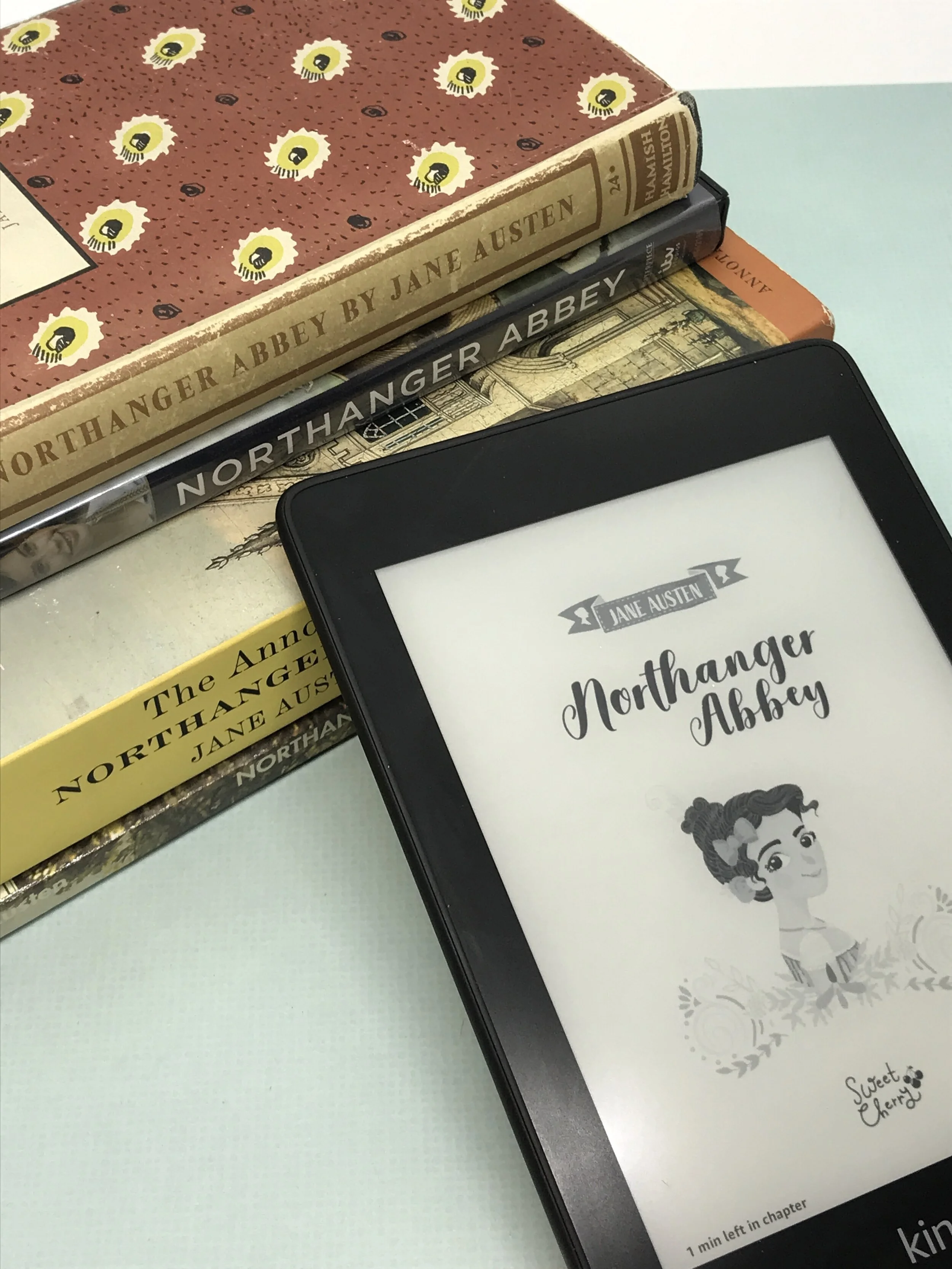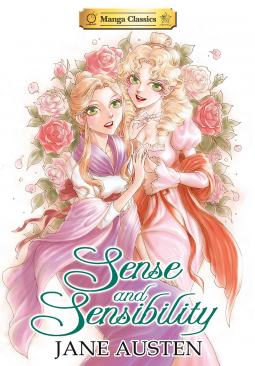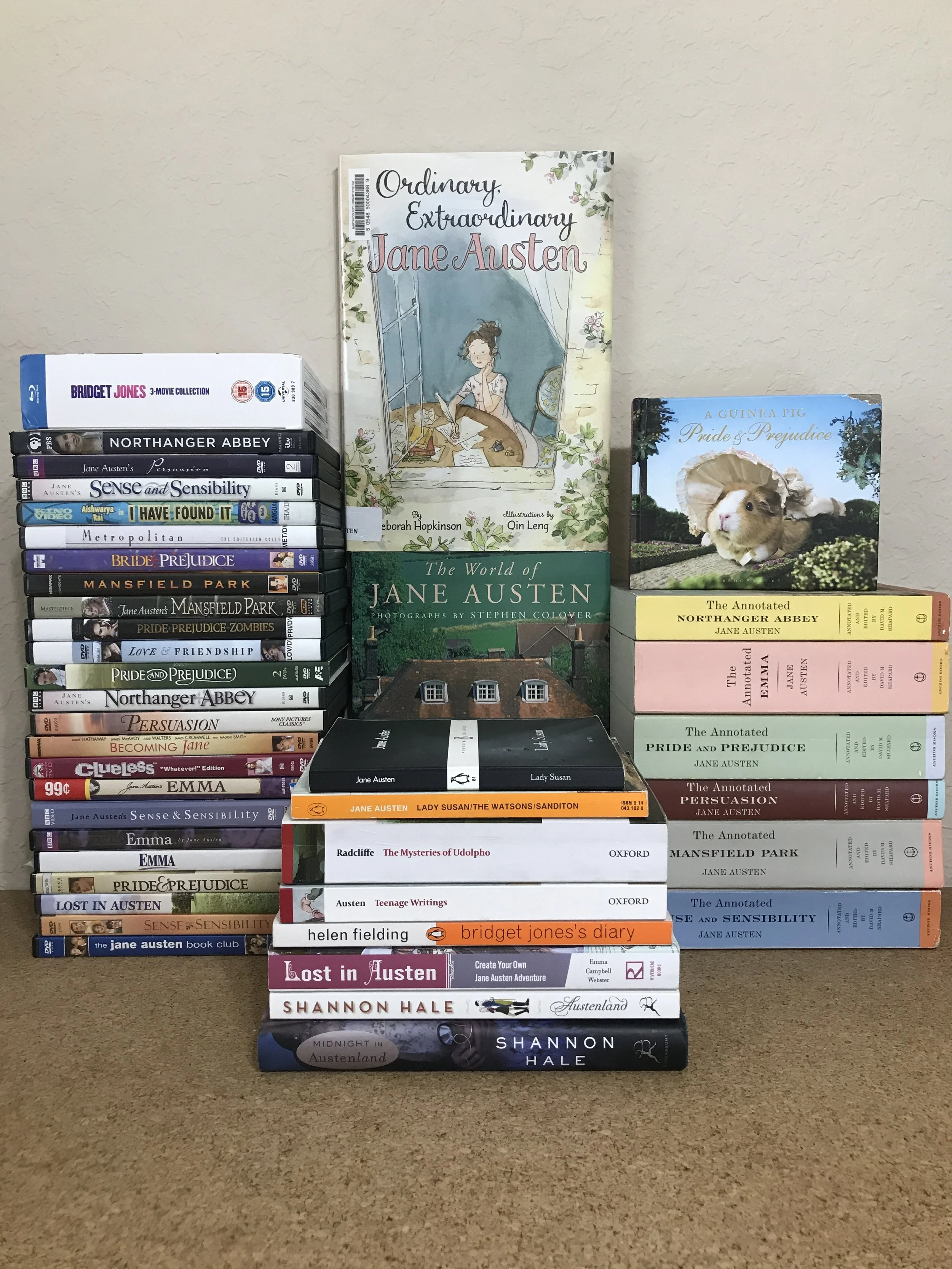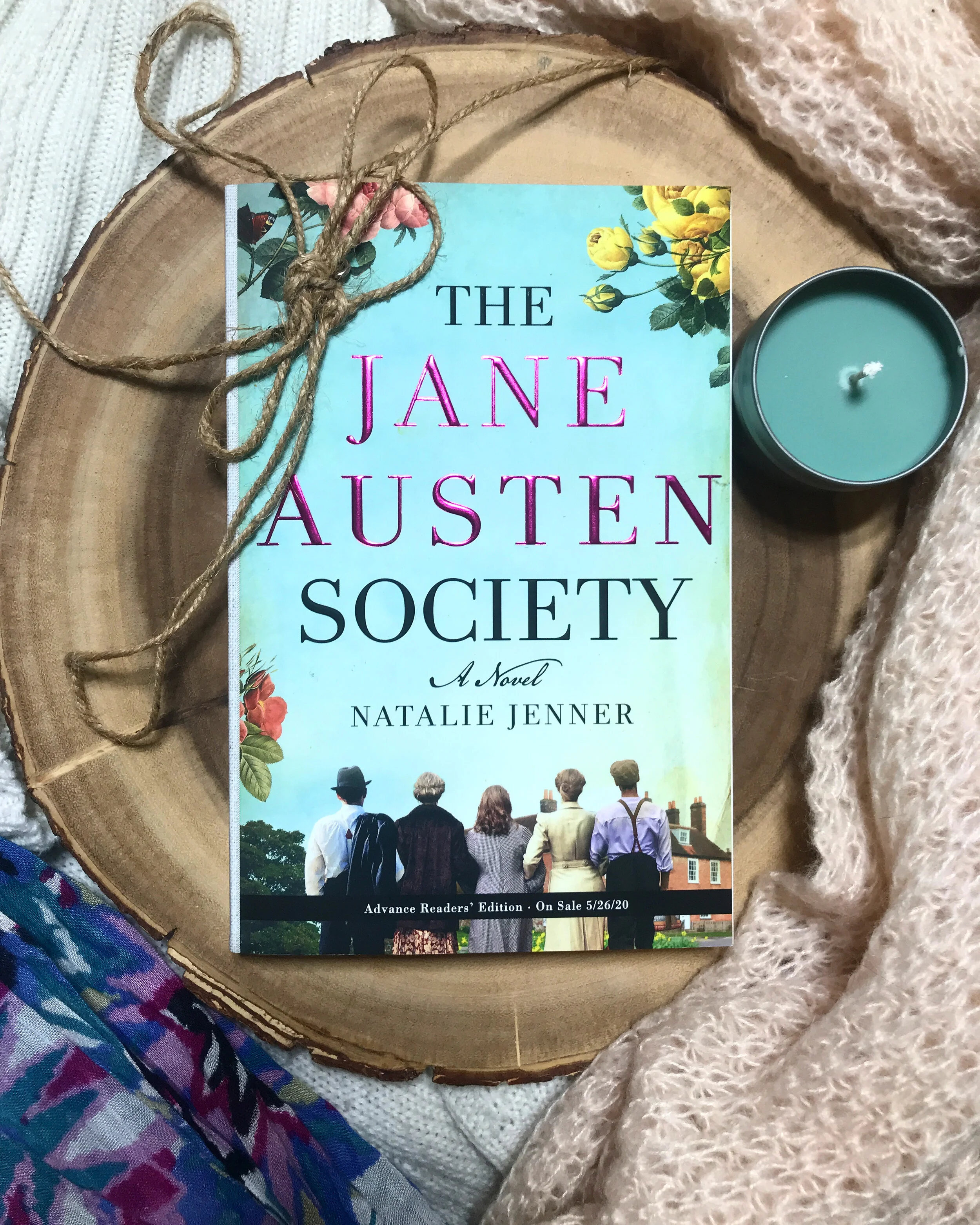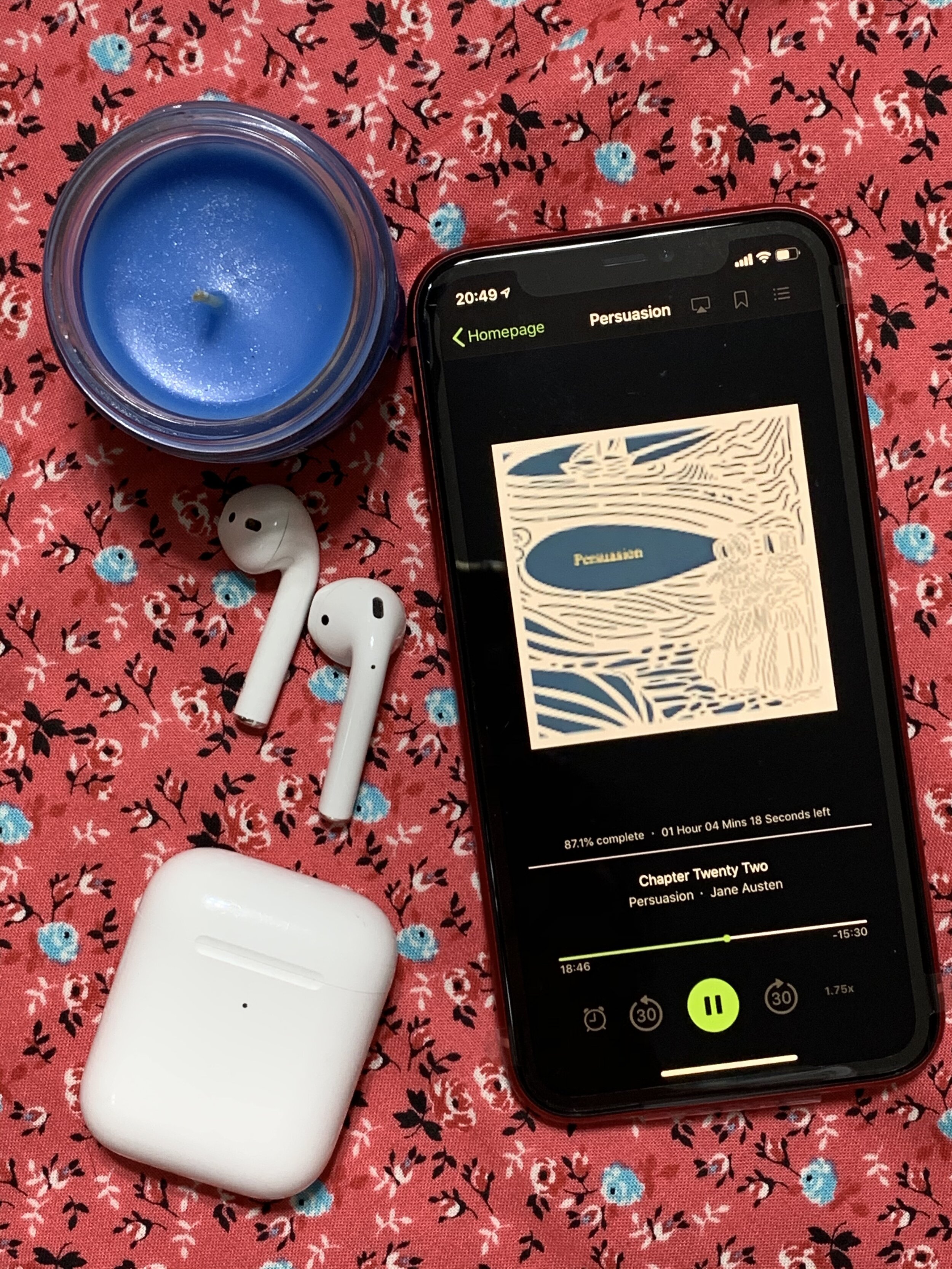Northanger Abbey by Jane Austen Sweet Cherry Edition Review
Northanger Abbey flips between my top or second favourite Jane Austen novel. The Sweet Cherry edition makes my ninth time reading Northanger Abbey, in 2019 alone. I enjoy reading various versions to see what they can add to the experience of reading Jane Austen, whether it is a reader’s first or hundredth time.
Northanger Abbey was written as a satire of the gothic novels that were popular in Jane Austen’s time. Northanger Abbey focuses attention on one main authour of the time, Ann Radcliffe, and even more specifically on her work, The Mysteries of Udolpho.
The first 60% of the novel takes place in Bath, and readers are introduced to the customs of the time. Catherine, the heroine, is a very trusting and naïve girl. While in Bath she is exposed to various people such as: unfit chaperones, schemers, true friends, and one teasing, sweet young gentleman. The Mysteries of Udolpho pops up several times in conversation. The reader gains perspective through a diverse group of character’s thoughts, and what a gothic novel can do to a young girl’s mind. Catherine is then asked by her friend to come to stay at her home Northanger Abbey for a while. While there, the mystery that we hear of in Udolpho starts to mirrour what Catherine believes to be her reality.
I enjoyed this story as I always do, but I do have some constructive feedback. This Sweet Cherry edition is gorgeous with the colours and artwork on the cover. It definitely appeals to a younger audience, which is the goal of this edition. Where I feel this edition fails its young readers is when it comes to terms or customs of the day. It would be nice if there were either footnotes, annotations, a glossary in the back, or a combination, for young readers to reference. The first time I read Jane Austen I hated it because I did not understand the terms and the customs of the day. I think that could be a HUGE help for the Sweet Cherry edition target audience. Lastly, maybe a little history in a forward with easy fun facts, that lets a young reader feel they have learned in the process, such as Northanger Abbey being published after her death, or that the original title of Northanger Abbey was Susan. Maybe a little back story on what Gothic novels were. When I first read Northanger Abbey, I had no idea, and that would have helped tremendously.
While this edition grabs a young reader from the outside, there are other editions that I believe would cement a love for Austen’s work off the bat, with a little assistance to a newer, younger reader. Northanger Abbey often gets forgotten among Austen’s work, but it is a true gem, unique, and unlike anything else.
I received a copy of this, at my request, through NetGalley.
